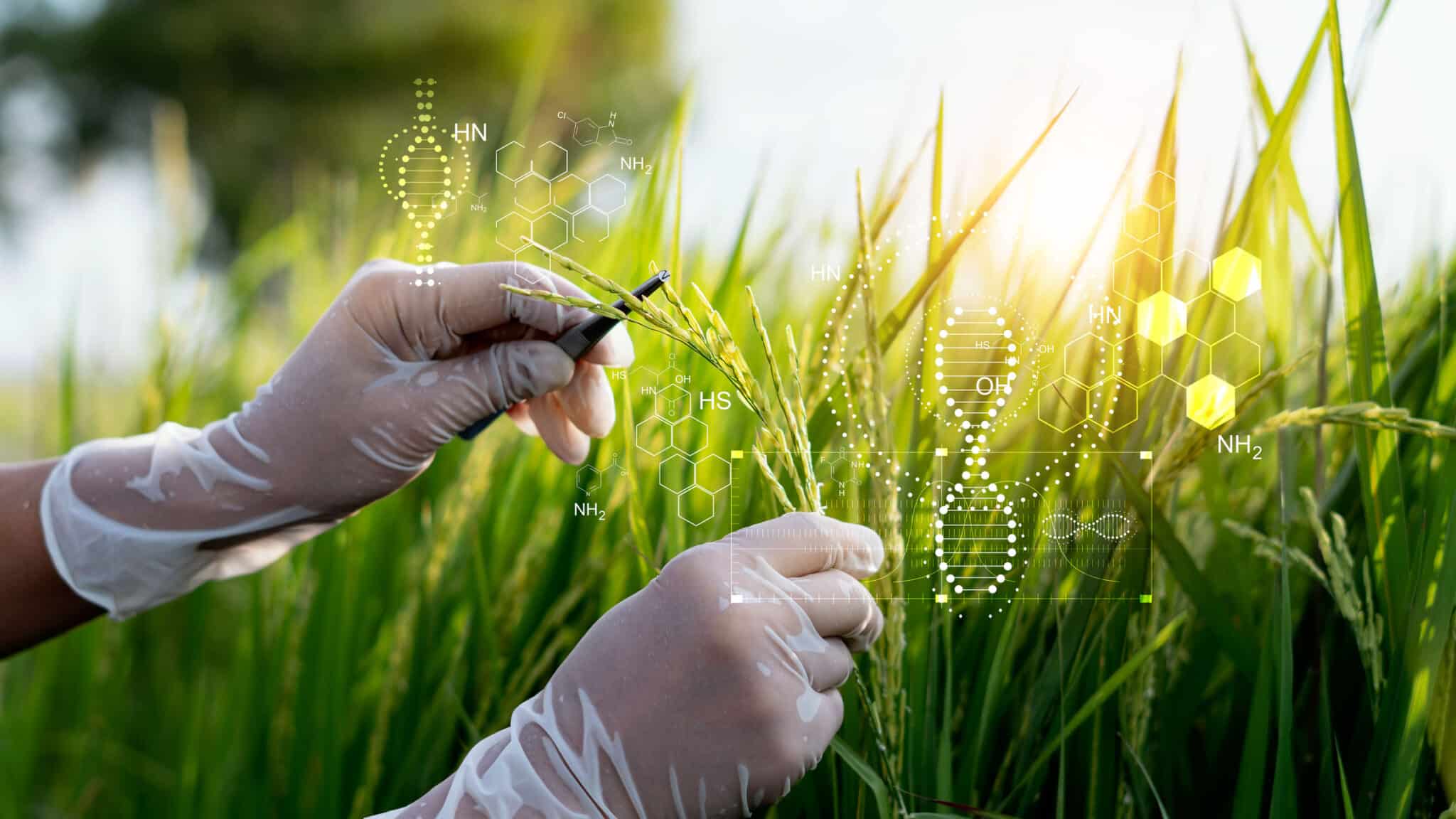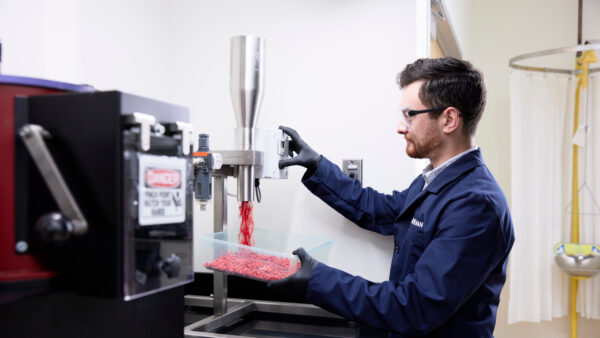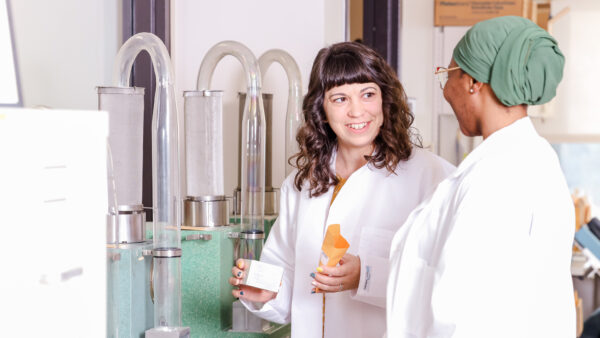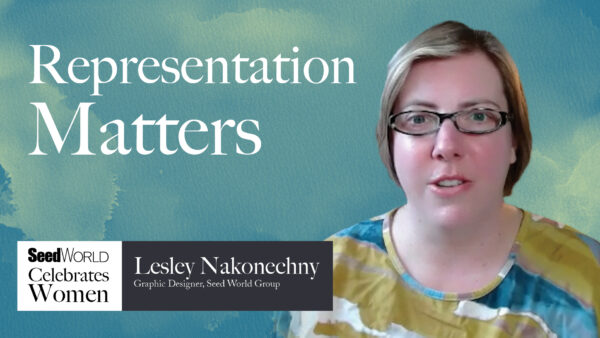We are all aware of the challenges humanity is facing, with a growing population and natural resources under pressure, together with other reasons, such as climate change, we find ourselves in a delicate situation. Paradoxically, we are living through one of the most exciting times on a scientific level, with important advances that promise great benefits for society in sustainable and safe manners.
It is vital that we all make a great effort and do our part, acquiring good habits, managing waste correctly, and consuming conscientiously in order to face these challenges and ensure quality of life in the medium and long term.
This means that, in order to ensure the supply of food, feed, fuel and fiber in quality and volume for future generations, we must act in a sustainable way. In other words, we must ensure that production and consumption practices are as environmentally friendly as possible: using less arable land, preventing crop loss, avoiding deforestation, reducing food waste, restoring natural resources and genetic diversity. In this regard, the interaction between human behavior, science and technologies will play a key role in achieving this goal.

Within the food and feed requirements of the future, breeding in general, but specifically plant breeding, will be critical to our success as a specie. The history of plant breeding has several major advances, in which 3 milestones can be distinguished: in 1860, the work with different varieties of peas carried out by Gregor Mendel, which gave rise to genetic inheritance laws; in 1930, with the appearance of the first hybrid corn crops; and in 2012, with the development of gene editing and CRISPR-Cas9 in particular.
The generation of modern breeding tools, such as gene editing, offer unprecedented opportunities in several respects:
- They drastically reduce development and production time and costs;
- They encourage the “democratization” of biotechnological tools by expanding the number of players. This factor is already showing important changes in the composition of technology developers, now from start-ups to large multinationals, from the private to the public sector in all type of country economies;
- They also allow the inclusion of minor and orphan crops in a breeding process, crop diversity, diversity of traits to be improved, exploiting genetic diversity in a more efficient way, all these facts are to the benefit of the entire value chain, consumers and society;
- They will support the adaptation of different crops to climate change, water use and fertilizer efficiency, just to mention some of the new applications of new breeding techniques (so-called NBTs).
Despite gene editing proving to be a great ally for agriculture, new technologies in plant breeding still face some hurdles that slow down their adoption, especially in terms of regulations.
Existing biotech regulations for GMOs have established a very complicated and burdensome regulatory environment in addition to trade barriers without scientific basis which could impact the use of NBTs and further developments. It also faces the challenge of acceptance by retailers and consumers, and communication to and from these stakeholders may define the future of these opportunities.
The countries which are most advanced in developing a viable regulatory framework for NBT are the major food and feed producer and exporter countries in Latin America. Argentina, Brazil, Chile, Colombia, Paraguay, Guatemala, and Honduras already have regulations in place that encourage innovation.
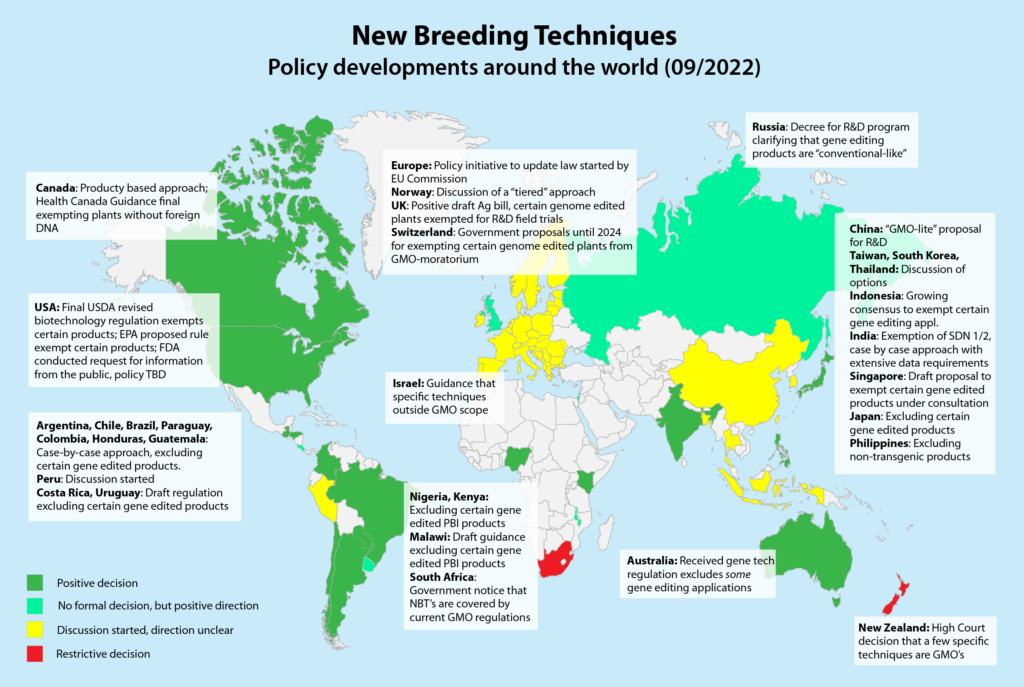
If we look closely at these regulations, we find that during their development these countries clearly separated GMO and GE regulations. All regulations were developed within the existing biotechnology laws or decrees in each country. The basic concept is to separate GMO regulations from NBT regulations.
Some concepts to keep in mind:
- Regulations are science-based and all evaluate each project on a case-by-case basis;
- Regulatory agencies clearly define whether a project/product is considered a GMO or not, so they are either regulated as GMOs or considered “conventional” products that are governed by existing seed laws in each country;
- The regulations allow projects to be evaluated at an early stage or even at the design stage, through a “pre-consultation phase” that opens opportunities for better project and investment planning;
- Latin American regulatory authorities interact constantly trying to harmonize regulations.
Plant breeding is key to boosting agricultural productivity, adapting agriculture to climate change and improving nutritional food and feed, while providing benefits to consumers, farmers and society at large. Moreover, these technologies are widely accessible and could help democratize the benefits of science. But to leverage their potential and promote further investment and development, it is essential to approach the regulatory, legal and commercial framework from a scientific rather than a political perspective. Ultimately, if politics and science go hand in hand, we will achieve sustainable agriculture, better food and a better life in general.


